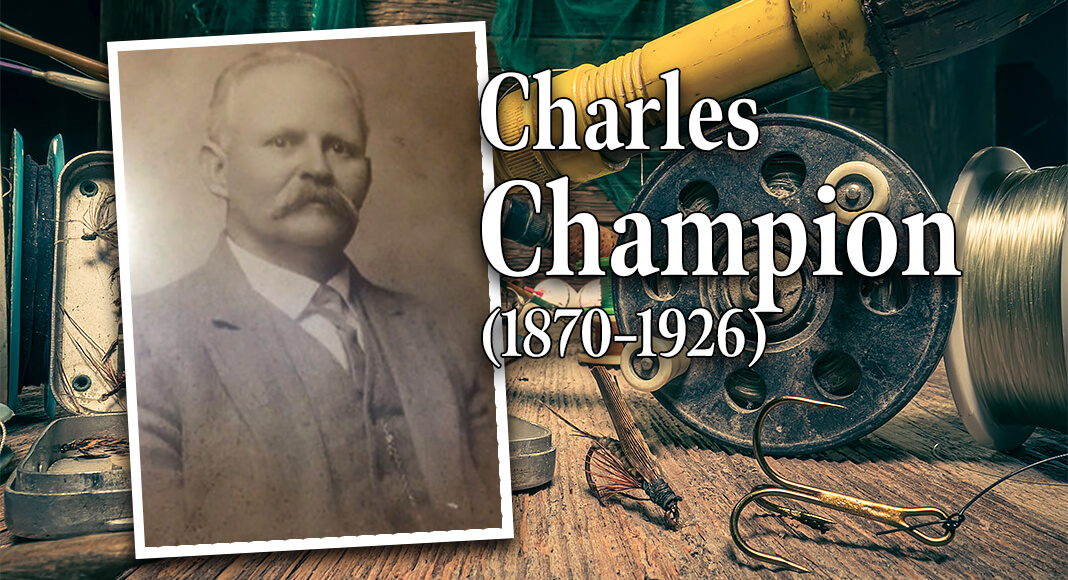
Texas Border Business
By Norman Rozeff, Handbook of Texas Online
Published by the Texas State Historical Association
Charles Champion, merchant and Port Isabel developer, son of Joseph Bronson Champion (also shown as Guiseppe Campioni on some genealogy listings), an Italian immigrant, and Marcela (Garcia) Champion, was born on February 9, 1870, in Point Isabel (later known as Port Isabel), Texas, where his father and uncles were the town’s early settlers. He was one of eleven children, though one child died at a young age. Both parents died relatively young, which left the older brothers to care for their younger siblings. Brothers John and Charles clerked for a time in the Point Isabel store of Christian Hess.
John Champion acquired a half interest in the store by 1887. In 1894, when Charles returned from Hidalgo County, where he had served as district clerk, he bought the frame building store from his brother and renamed it “The Champion Store.” Charles Champion married Margarita Orive on March 19, 1897. They had six children. In 1899 he built an impressive two-story brick building that he called “The Key of the Gulf.” Its first floor had many uses over time, including a variety of merchandising, use as a U. S. customs house, and, for the year 1901, a U. S. post office, with Champion appointed as the town’s second postmaster. The building also housed the town’s first telephone. The Champion family lived on the second floor.
When the railroad came to the area in the early 1900s, Champion was instrumental in creating the area’s fishing industry. Not only did he employ a number of people, but he also shipped products to cities in North Texas. Judge James B. Wells, Jr., purchased, in 1886, a one-half interest in the Santa Isabel land grant, which contained Point Isabel. Charles Champion purchased the remaining half in 1904 for $17,500 from E. K. Butler, president of the International Harvester Company of Chicago. Although the Champions led the Cameron County Republican opposition to the Democrats, Charles Champion joined Democratic party leader Wells as developer of the town of Point Isabel. Long a supporter of a deepwater port in Point Isabel, Champion died before its completion in 1933.
Charles Champion, at age fifty-six, died of cancer in San Antonio on May 3, 1926. He was buried in Port Isabel City Cemetery. In his will he donated the city cemetery to the Roman Catholic Church with the stipulation that the residents of the town could be buried in it without charge. A Texas Historical Commission marker, located at 317 E. Railroad Street in Port Isabel, was erected in honor of Charles Champion in 1996. In the twenty-first century the Champion store building serves as the Port Isabel Historical Museum and is renowned for its Gulf fish paintings on its facade.















